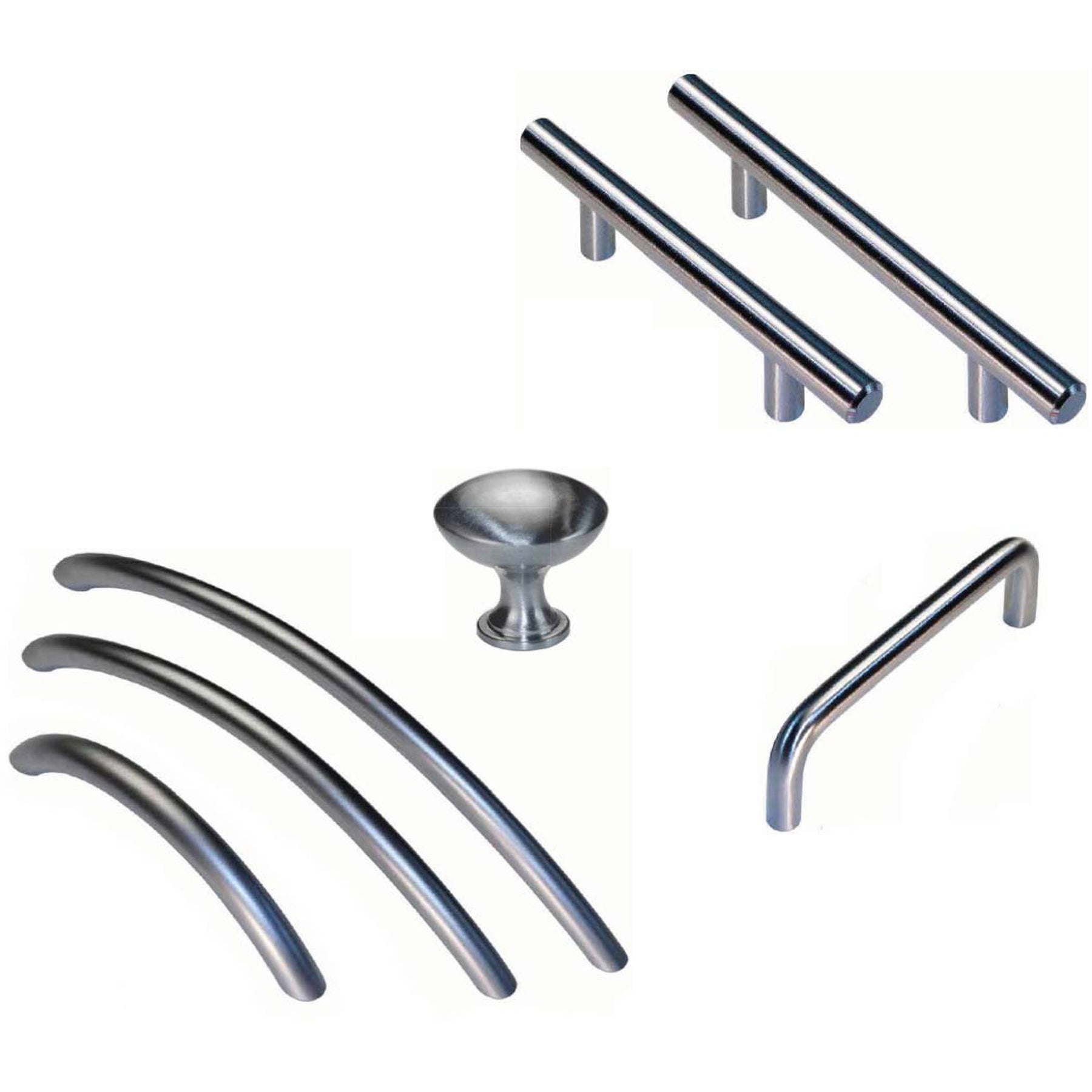
Mastering the Mix: A Guide to Combining Cabinet Knobs and Pulls in Your Home Remodel
One of the most subtle yet impactful design elements during a home remodel involves selecting the right cabinet knobs and pulls. Decorative cabinet hardware is like the jewelry of your kitchen, bathroom, or any other space with cabinetry. Mixing and matching knobs and pulls can infuse personality, style, and uniqueness into your interior décor. This article provides a comprehensive guide on how to seamlessly mix cabinet knobs and pulls in your home remodel project.
SHOP CABINET KNOBS AND CABINET PULLS
Before diving into the world of mixed hardware, it's essential to understand the distinction between knobs and pulls. Cabinet knobs are typically small and used for opening cabinet doors. On the other hand, cabinet pulls (also known as handles) are larger and typically used for drawers. While you can use either on any cabinetry, the traditional application is knobs for doors and pulls for drawers due to ease of use.
- Coordinate Your Design Styles
If you want to mix cabinet knobs and pulls, the first rule of thumb is to ensure they coordinate well in terms of design style. This doesn't mean that they have to match exactly. Instead, look for hardware that shares common elements or motifs, such as clean lines for a modern look, ornate detailing for a traditional style, or raw materials for a rustic vibe.
- Pay Attention to Finish
The finish of your cabinet hardware plays a significant role in determining the overall aesthetic of your space. Common finishes include brushed nickel, oil-rubbed bronze, chrome, and satin brass. To create a cohesive look, choose knobs and pulls with the same finish. If you prefer a more eclectic style, you might opt for mixed finishes. However, limit yourself to two different finishes within the same space to prevent a cluttered look.
- Balance Sizes
Cabinet knobs and pulls come in various sizes, making it crucial to choose appropriately scaled hardware for your cabinets and drawers. Larger pulls are generally better for larger drawers, while smaller knobs typically fit well on cabinet doors. When mixing, consider the proportions to ensure that your knobs and pulls do not overpower each other or the cabinetry itself.
- Functionality Matters
While aesthetics are important, never compromise on functionality. Choose knobs and pulls that are comfortable to use and suitable for the particular cabinets or drawers' contents. For example, heavier drawers may require sturdier pulls, while doors that are opened frequently might benefit from easy-to-grip knobs.
- Experiment with Placement
Another way to mix knobs and pulls is through their placement. Traditionally, knobs and pulls are centered or placed on the corner of cabinet doors and drawers. However, for a more modern twist, consider placing them in unconventional positions, like centering them on top or to the side of the door or drawer.
- Consistency is Key
Even while mixing, it's important to maintain a level of consistency. Decide on a rule—for instance, using pulls on drawers and knobs on doors—and stick with it throughout the space. This brings a sense of harmony and order, even as you play with different styles and finishes.



